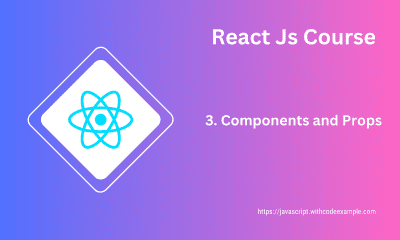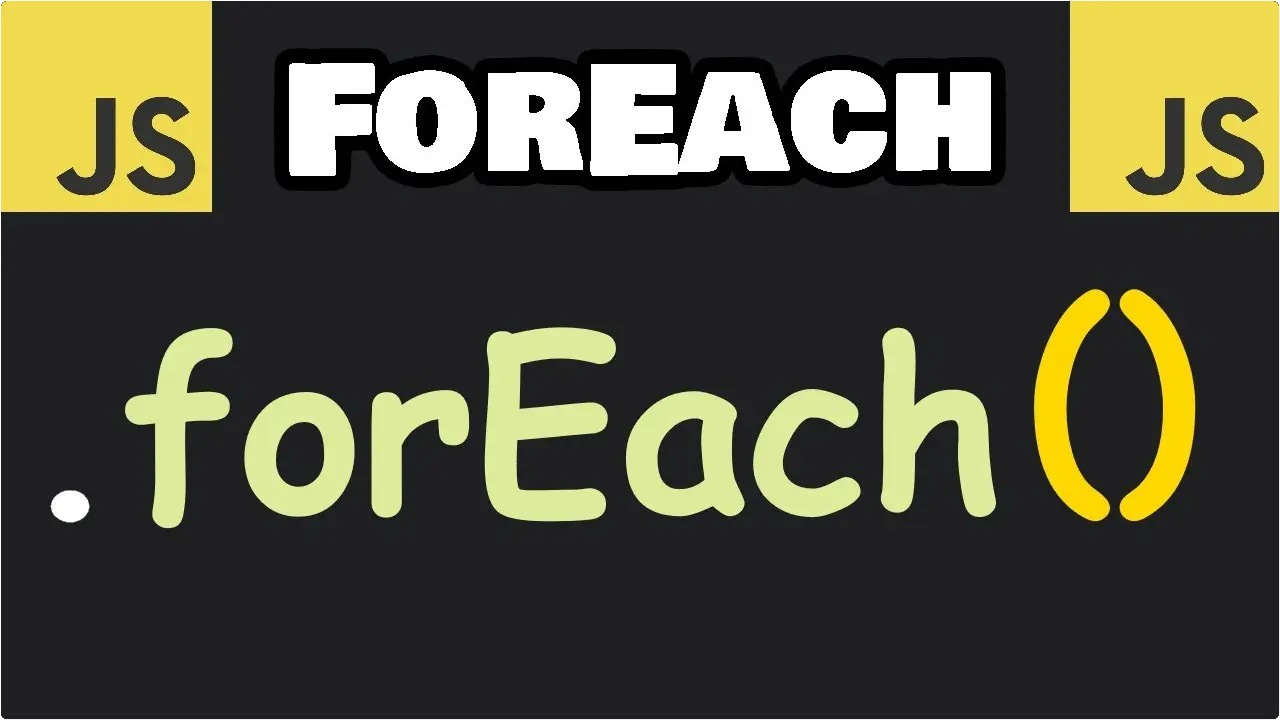ReactJS vs. React Native
- With Code Example
- December 28, 2023

As web and mobile development continue to evolve rapidly, two frameworks from Facebook have risen to prominence - ReactJS and React Native . Both bearing the name “React”, these technologies share some core concepts yet differ in their focuses and capabilities. In this in-depth guide, we will explore the key distinctions between ReactJS and React Native to shed light on when each framework is most appropriate.
ReactJS is a JavaScript library created for building user interfaces and web applications. It pioneered the component-based architecture, virtual DOM, and one-way data binding that have become hallmarks of modern web development. ReactJS components are written in JavaScript and allow developers to create reusable UI elements for websites and web apps.
React Native, on the other hand, enables cross-platform native mobile app development using React principles. It compiles to native app components on iOS and Android rather than web components. React Native has access to native APIs and components while retaining the declarative React approach.
The use cases for each framework differ accordingly. ReactJS powers complex web applications like Facebook that need to handle rapidly changing data and maintain high interactivity on the client side. React Native is ideal for mobile apps that require native capabilities and performance while allowing code reuse across iOS and Android.
For developers, ReactJS relies heavily on web development skills like HTML, CSS, and JavaScript. React Native instead leverages native languages like Java or Swift in addition to JSX and JavaScript. The React approach transfers between the two frameworks but the technical implementation differs significantly.
ReactJS and React Native share React principles but target web versus mobile development. ReactJS enables component-based declarative UIs for the web. React Native allows native-quality iOS and Android apps with React. Both frameworks excel at their respective purposes and have significantly influenced modern web and mobile development.
ReactJS: The Frontend Powerhouse
Overview:
What is ReactJS?

React is an open-source JavaScript library created by Facebook for building user interfaces and web applications. It employs a declarative, component-based paradigm that enables developers to build reusable UI components managing their own state.
React uses a virtual DOM that optimizes DOM manipulation through efficient diffing algorithms, minimizing costly DOM operations and re-rendering only components necessary based on state changes. It follows a unidirectional data flow pattern, with state triggering re-renders while parent components pass data to children via props. React’s use of JSX, an HTML-like syntax for JavaScript, makes it easy to visualize component composition and hierarchy.
Its lightweight approach promotes following MVC or MVVM architectures. React has a mature ecosystem of tools like React Router for routing, Redux for state management, and thousands of components. Leading tech companies like Netflix, Airbnb, Uber rely on React for crafting complex, interactive UIs. With its component architecture, virtual DOM, and focus on UI rendering performance, React is ideal for building modern, reactive user experiences for web applications.
Key Characteristics:
Component-Based Architecture: ReactJS is renowned for its component-based architecture, where the user interface is constructed using reusable and independent components. This modular approach promotes code reusability, maintainability, and scalability.
Virtual DOM: React employs a Virtual DOM to optimize rendering performance. Instead of updating the entire DOM when changes occur, React updates a virtual representation and then selectively updates only the necessary parts of the actual DOM.
Single Page Applications (SPAs): React is well-suited for building SPAs, where a single HTML page is dynamically updated as the user interacts with the application. This results in a smoother and more responsive user experience.
Wide Range of Libraries and Tools: The React ecosystem is rich and diverse, with a plethora of libraries and tools available to simplify various aspects of web development. Popular additions include Redux for state management and React Router for navigation.
React Native: Bridging the Gap to Mobile Development
Overview:
What is React Native?

React Native is an open-source framework created by Facebook that enables cross-platform native mobile app development using React and JavaScript. It allows developers to build iOS and Android apps with the same React component-based approach and principles used for web development.
However, instead of rendering web components like HTML, React Native invokes native UI components and APIs for truly native performance and capabilities. This allows access to device features like the camera or GPS while using familiar React patterns like JSX, props, state, and declarative views. React Native performs a just-in-time compilation of JavaScript to render mobile app views efficiently as native platform widgets. While knowledge of JavaScript, React, and web development is crucial, React Native skills are supplemented by native languages like Java/Kotlin for Android and Objective-C/Swift for iOS for full feature access.
React Native empowers mobile developers to build high-quality native apps with React’s intuitive, component-driven abstraction and JavaScript productivity. Leading companies like Facebook, Uber, and Airbnb use it for building robust cross-platform mobile apps.
Key Characteristics:
Cross-Platform Development: React Native facilitates cross-platform development, allowing developers to write code once and run it on both iOS and Android. This reduces development time and maintenance efforts compared to building separate native applications for each platform.
Native Components: React Native doesn’t rely solely on web views. Instead, it uses native components, providing a more authentic look and feel for mobile applications. This ensures a high-performance user experience.
Hot Reloading: Similar to ReactJS, React Native supports hot reloading, allowing developers to instantly see the effects of code changes without losing the application’s state. This accelerates the development process and enhances productivity.
Access to Native Modules: React Native offers a bridge to native modules, enabling developers to leverage platform-specific functionality when needed. This makes it possible to integrate native code seamlessly with React Native applications.
Choosing Between ReactJS and React Native:
Considerations:
Platform Requirements: Choose ReactJS for web applications and React Native for mobile app development. If you require a solution that spans both web and mobile, you might explore a combination of ReactJS and React Native or other cross-platform frameworks.
Development Team Expertise: Consider the expertise of your development team. If they are well-versed in web development, ReactJS may be the natural choice. For mobile development, especially if targeting both iOS and Android, React Native skills are essential.
Performance Requirements: If performance is a critical factor and you need to take advantage of device-specific features, React Native might be preferable. However, for high-performance web applications, ReactJS remains a strong contender.
Project Complexity: Evaluate the complexity of your project. ReactJS excels in building complex web applications, while React Native is ideal for mobile applications with a focus on code reuse.
Conclusion:
Finally, ReactJS and React Native are both strong technologies that are tailored to unique development requirements. ReactJS excels in web application development by providing a strong basis for creating dynamic and interactive user interfaces. React Native, on the other hand, extends these features to the mobile environment, providing a smooth cross-platform programming experience.
The decision between ReactJS and React Native is influenced by project needs, platform concerns, and the skill of your development team. You may make educated judgements that correspond with your development goals if you understand the specific qualities of each framework. ReactJS and React Native enable developers to create creative and user-friendly experiences whether they are building online applications or delving into the mobile app industry.





